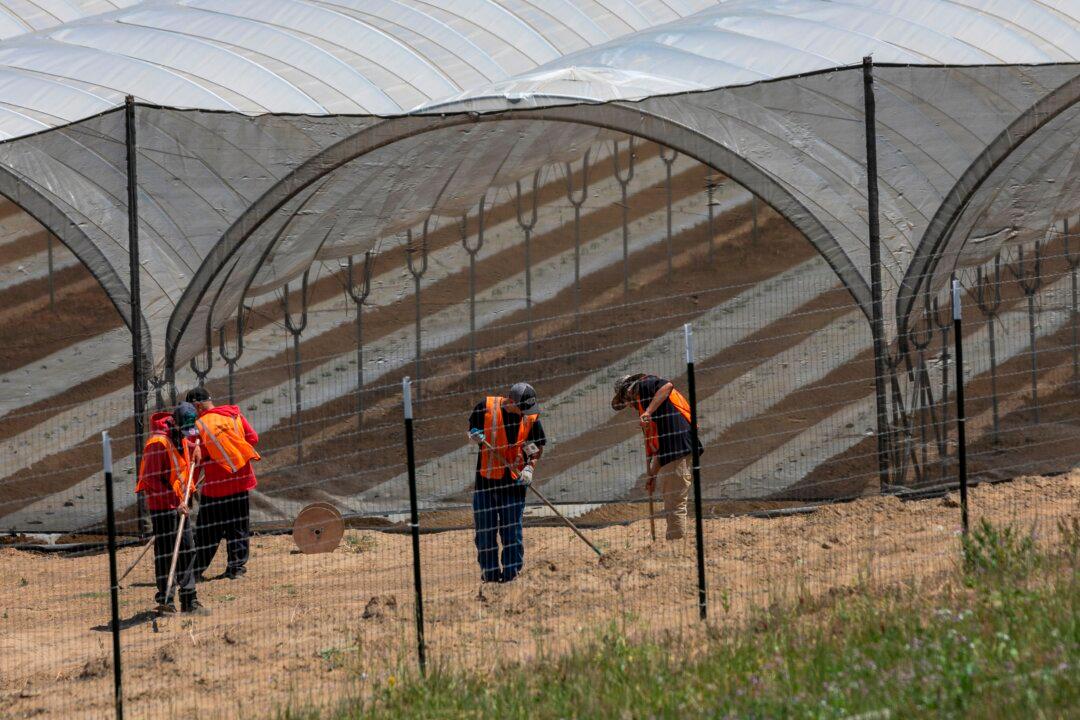California’s cannabis industry is in a free fall, with some municipalities in the northern part of the state making plans for significantly reduced tax revenues as a result of a collapse in wholesale prices.
Although fresh harvests were once selling for more than $4,000 per pound, bulk buyers are now shopping in the $300 to $500 range, according to experts, and some growers reported clearing out their crops for less than $200 per pound for fear of being stuck with product.





